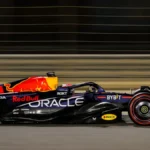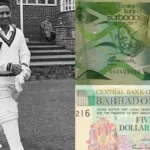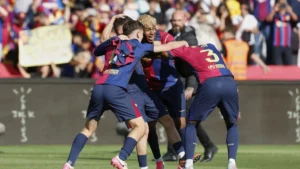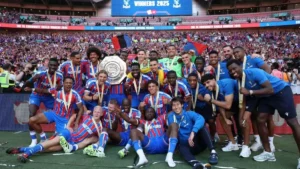The Premier League, the top division of the English football league system, is where Brighton and Hove Albion F.C. compete. The 31,800-seat Falmer Stadium, which is located in Falmer to the northeast of the city, serves as the club’s home field.
Brighton, which was established in 1901 and goes by the monikers “Seagulls” or “Albion,” began playing professional football in the Southern League before being admitted to the Football League in 1920. The club attained its greatest notoriety between 1979 and 1983 when they competed in the First Division and advanced to the 1983 FA Cup Final, which preceded the current, ongoing term in the Premier League.
Formation and Early Years of Brighton and Hove Albion F.C. (1901–1972)
Brighton & Hove Albion F.C. was established in 1901, and 19 years later, in 1920, after serving as a Southern League member, they were elected to the Football League’s new Third Division. In the Southern League, they defeated Football League Champions Aston Villa in 1910 to win their lone national honor to date, the FA Charity Shield.
The Mike Bamber Era of Brighton and Hove Albion F.C. (1972–1987)
Mike Bamber served as Brighton’s chairman from October 1972 to 1983. He famously signed former England player Alan Mullery as manager after bringing Brian Clough to the team in 1973. Prior to 1979, when they were promoted to the First Division as Second Division runners-up under Mullery’s guidance, Brighton’s tenure as a Football League team had not been particularly successful or made headlines. The club had a highly erratic start to the 1982–1983 season, winning games against Arsenal and Manchester United but also suffering significant losses. Mike Bailey, the manager, was ultimately fired at the beginning of December 1982.
After Jimmy Melia took over as manager, Brighton’s status did not improve, and after four seasons in the top division, they were relegated in 1983 after finishing last.




















